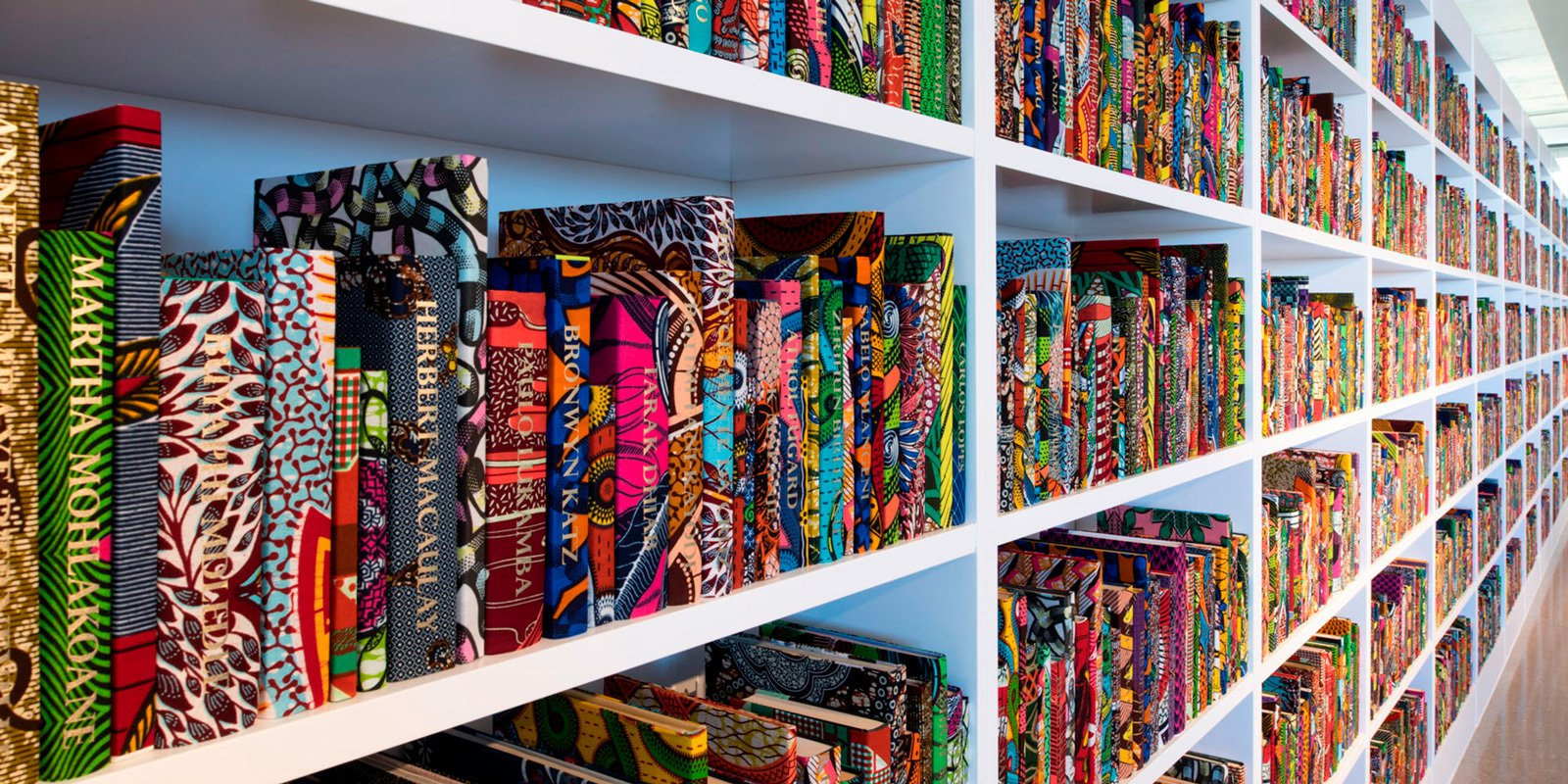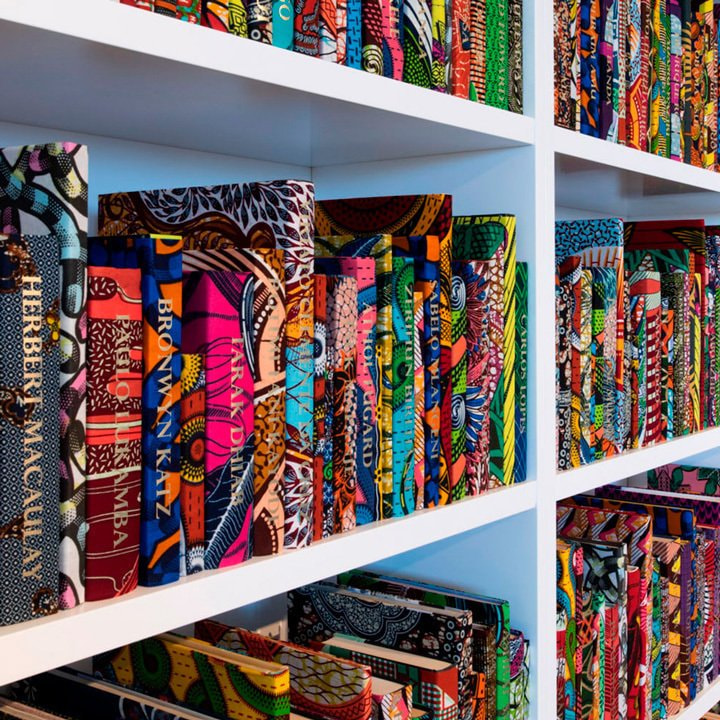The lecture by Iaroslav Volovod, co-curator of Rasheed Araeen. A Retrospective, will touch upon representational mechanisms in the practice of British emigrant artists, their fight for acquiring visibility, as well as some key exhibitions and projects, organized by the so-called “black artists” in the UK, especially the artists of South Asian descent.
The partition of British India in 1947 became the apotheosis of a lengthy national liberation movement in South Asia. The establishment of independent India and Pakistan and the immediate bloody confrontation between these two young states led to the intensification of migrant flows into the former colonial metropolia.
The second half of the twentieth century saw extensive migration that allowed South-Asian artists, poets, and intellectuals from other parts of the rapidly disintegrating British Empire to become increasingly enmeshed in the total modernist project. One of the leading figures in this movement was the Pakistani artist, curator, and essayist Rasheed Araeen, a pioneering activist of anticolonial movement in art.
The climax of Araeen’s multifaceted practice in fighting for justice—both using creative methods, via universal geometric shapes, and political strategies, via essays, performances and exhibition projects exposing racism—fell in the 1980s. It was the decade in the history of Britain that saw the emergence of an exhibition infrastructure for artists of non-European descent, alongside a radical transformation of the art scene. One of the resulting effects of that transformation was the development of a specific conglomerate of artistic forces—the so-called “black art”. The “explosive” creative activity (in the words of cultural theorist Stuart Hall) of emigrant artists was made possible due to the consolidation of different diasporas. This is how the rapid development of formal and informal networks and alliances with Caribbean and African artists became one of the strategic answers to institutional racism for South Asian artists living in the UK.

